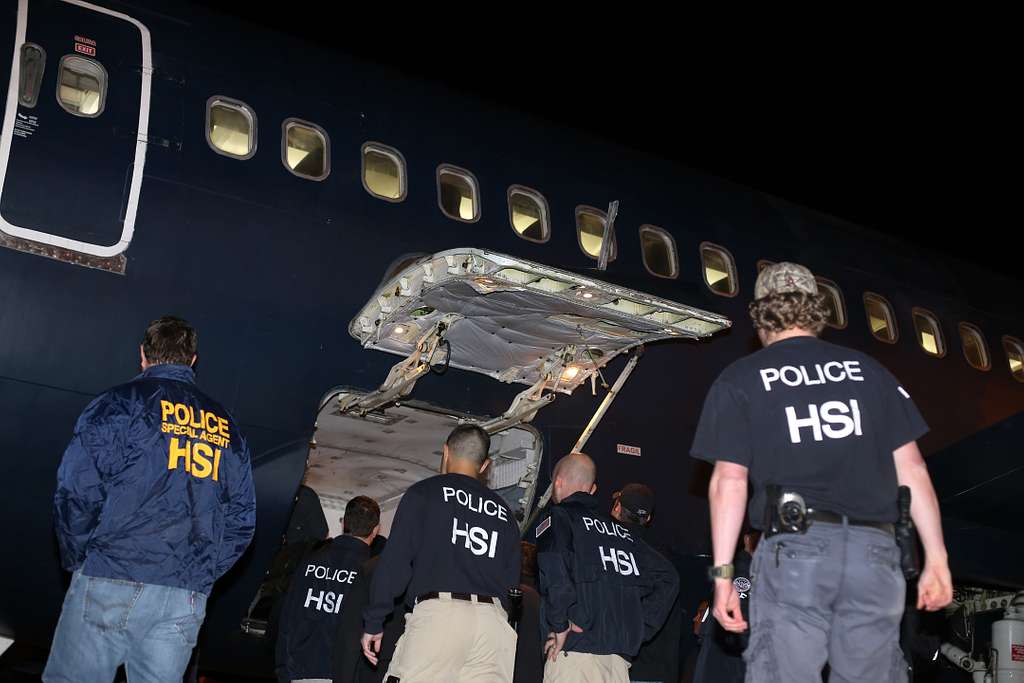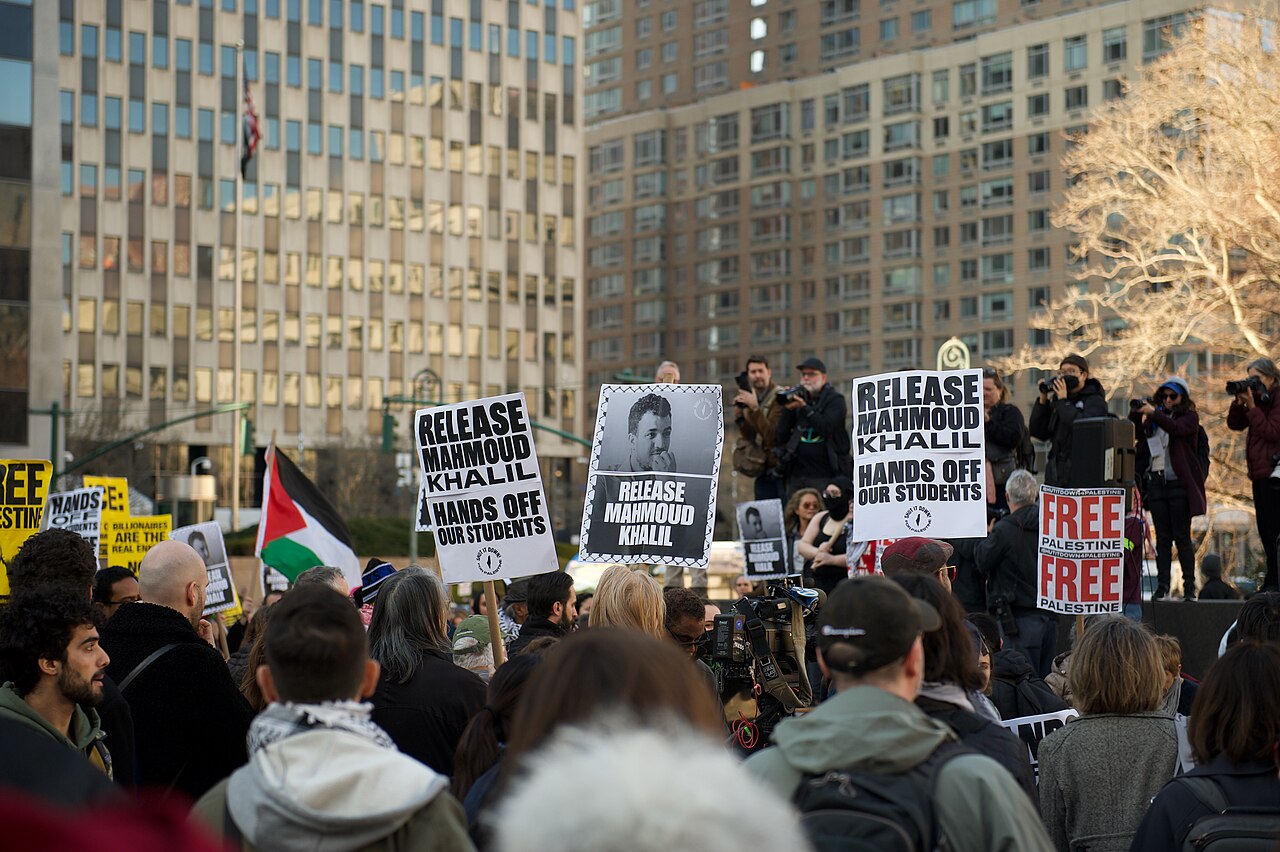On New Orleans, Las Vegas, Virginia, and the Threat of Improvised Explosive Devices
.jpg?sfvrsn=9ff07e6e_5)
Published by The Lawfare Institute
in Cooperation With

The New Year was hardly 12 hours old by the time two separate attacks in two different cities had occurred. In apparent support of the Islamic State, a U.S. Army veteran is the suspect in a vehicle ramming attack down Bourbon Street in New Orleans, killing 14 and injuring dozens. An active-duty member of the Special Forces is suspected of detonating a truck bomb in front of Trump International Hotel in Las Vegas, resulting in his death and the injury of seven others. While these cases are still highly fluid, the FBI is investigating both as acts of terrorism. In the final days of 2024, the FBI seized a massive stockpile of homemade explosives from a residence in Virginia.
Federal law enforcement does not believe that the incidents in New Orleans and Las Vegas are linked. “We’re confident, at this point, that there are no accomplices,” said Christopher Raia of the FBI’s Counterterrorism Division. However, a common denominator—one also shared with the arrest in Virginia—is the presence of improvised explosive devices (IEDs).
These reinforce a concerning uptrend. In a recent study, our team at the National Counterterrorism Innovation, Technology, and Education (NCITE) Center, the Department of Homeland Security Center of Excellence for terrorism prevention and counterterrorism research, found that ideologically motivated IED incidents occurring in the U.S.—in other words, failed, foiled, completed, or successful plots and attacks associated with a federal charge—reached a five-year annual high in 2024.
Last year was dangerous, and 2025 is looking to follow suit.
The headlines emerging from New Orleans, Las Vegas, as well as Virginia over the past few days make clear that the era of the bomb is not over. Rather, IEDs are featured regularly, either as the primary or secondary weapons, in terrorist plots and attacks targeting U.S. communities and infrastructure. Their accessibility and lethal capacity make them a go-to choice for a diverse range of ideological extremists. As the terrorism landscape changes, the U.S. counterterrorism workforce faces new challenges in assessing, preventing, and responding to the terrorist IED threat. Looking ahead, efficient and effective solutions will require close attention to the evolving human and technical dimensions underlying the terrorist IED threat.
The New Year Headlines in Review
In the past 24 hours, more information about the New Orleans attack has come to light, revealing a seemingly high level of preoperational planning. The FBI believes at this time that the suspect, recently identified as Shamsud-Din Jabbar, operated alone. Jabbar was a 42-year-old Army veteran and U.S. citizen born in Texas. Notably, the attack plot appears to have involved multiple IEDs. As the New York Times reported, a bomb squad rendered safe devices placed in two separate coolers—packed with pipes, tape, and “lots of nails”—found in the vicinity of the attacker’s pickup. An FBI statement on Jan. 1 indicates that an additional IED was found in the vehicle. More information on these explosive devices will likely be made public in the coming days and weeks.
Only a few hours after the incident on Bourbon Street, a Tesla Cybertruck exploded in front of a Trump hotel in Las Vegas, apparently after firework mortars and camp fuel canisters stuffed into the back of the vehicle detonated. The driver was killed by the blast, and several bystanders were injured. Early news reporting states the truck was rented by Matthew Livelsberger, a 37-year-old U.S. Army veteran from Colorado. While public information on the attacker’s motive is still inconclusive, authorities have stated that this is being investigated as an act of terrorism.
Earlier this week, FBI agents found 150 homemade pipe bombs and other improvised devices at a private residence in Virginia. Federal prosecutors stated that they believed this to be the largest seizure “of finished explosive devices in FBI history.” In the motion for detention, prosecutors called the man involved an “extreme danger to the community,” with members of the FBI Joint Terrorism Task Force associated with the investigation reporting that the individual held anti-government beliefs and wanted to “bring back political assassinations.” Aside from those reports, the individual’s motives and any details of a specific active plot currently remain unclear.
The Use of IEDs in Context
To be sure, the use of explosives in domestic attacks is not new. According to a recent NCITE review of federal criminal charges since 2009, improvised explosive devices remain a weapon of choice for terrorists and violent extremists in the United States. U.S.-based militants and violent extremists have long integrated explosives into their operations, a threat vector initiated by the advent of dynamite in the mid-1800s. The 1920 Wall Street, 1995 Oklahoma City, and 2013 Boston Marathon bombings, for instance, are all dark episodes involving IEDs in American history. Against this backdrop, last year’s recorded peak in terrorist IED incidents merits close attention.
Terrorists use improvised explosive devices because they are cheap, relatively easy to construct, often hard to detect, and capable of inflicting widespread harm. As showcased by the devices uncovered in the New Orleans, Las Vegas, and Virginia cases, much of the IED threat is rudimentary in nature: simple containers housing main charges that are relatively easy to purchase or manufacture at home. For materially weak threat actors, IEDs offer a level playing field and immediate impact. Their accessibility and effectiveness have made them a go-to choice for a diverse range of ideological extremists, from anarchist violent extremists to violent Islamist to single-issue violent actors. A low barrier to entry operates as a core enabling factor behind the IED threat. Barring a reversal in this trend, the intended and attempted use of explosives by terrorists in the United States is likely to persist.
My colleague Sam Hunter and I recently wrote elsewhere that the IED threat landscape is also evolving, driven by shifts in the threat actor landscape, the advancement and democratization of commercial technologies, the ease of acquiring bomb-making materials and instructions, and other factors. The result is a two-sided IED threat to U.S. homeland security—in other words, one with both basic and sophisticated expressions—that puts new pressures and demands on the counterterrorism workforce.
The efficiency and effectiveness of already-established counter-IED priority mission areas—such as inhibiting terrorist access to IED materials, disrupting IED networks and plots, and coordinating research and development initiatives—will benefit from close attention to the shifting human and technical dimensions of this threat.
Emerging trends in the character of the human dimension make the IED threat more diffuse and, thus, more difficult to predict. From a homeland security perspective, there remains a “steady drumbeat” sounded by foreign terrorist organizations, the local persons they inspire, and a diverse range of domestic violent extremists. Across these, a concerning development is the spike in terrorist plots devised and pursued by radicalized and mobilized teens. As a tool, the bomb doesn’t belong to one ideological strain or threat actor. Rather, it is ubiquitous across all terrorist ecosystems. Threat actors with intent to use explosives to kill, harm, or damage are empowered by shrinking capability constraints, enabled by online networks. Instructions for construction are readily available through encrypted messaging apps or social media. Hobbyist communities and amateur enthusiasts publish “how to” videos on myriad online platforms.
On the technical side of the equation, novel device configuration and tactics of employment are invented to circumvent security protocols and measures. As an example, there was a concerning increase in drone-based IED incidents within the U.S. over the past year. In October, for example, a 17-year-old in Arizona allegedly planned to create acetone peroxide (TATP), attach it to a remote-control car, and conduct an attack on the 2024 Phoenix Pride Parade. Fortunately, this was foiled by the dedicated work of law enforcement. In November, authorities reported that a 24-year-old militant accelerationist attempted to use a drone to deliver a pipe bomb filled with black powder to a Nashville energy substation, motivated by his white supremacist views. The defendant was apprehended immediately prior to the planned attack.
The malicious use of explosives, ranging from large-scale to smaller attacks, will likely continue as other U.S.-based violent extremists adopt and adapt IED tactics, exposing new vulnerabilities and reducing the strength of existing countermeasures. These circumstances will require counterterrorism innovation. Solutions should build on and align with the goals of Presidential Policy Directive 17, which the White House released in 2013 to broaden and bolster counter-IED efforts. But, where appropriate, lawmakers and policymakers should update current guidance to best prepare and equip the Homeland Security Enterprise, the interagency workforce responsible for defending Americans from and responding to dynamic threats, to address the changing nature of today’s threat landscape and operating environment.

.jpg?sfvrsn=dff068c4_3)



